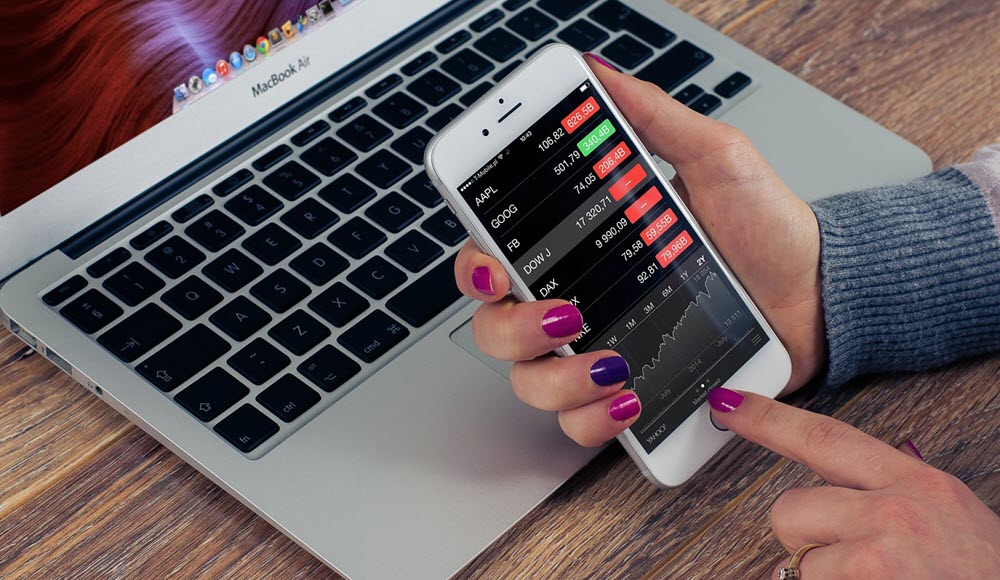Day trading is a trading style in which traders buy and sell financial instruments, such as stocks, currencies, or commodities, within a single trading day. The goal of day trading is to make a profit by taking advantage of short-term price fluctuations in the market.

Day traders typically use technical analysis to identify potential trades, looking for patterns in price charts or using indicators such as moving averages or relative strength index (RSI) to find opportunities to buy or sell. Once they have identified a potential trade, they will enter and exit it within the same day, often using margin or leverage to increase their potential profits.
Day trading can be a highly risky and volatile activity, as traders are exposed to sudden and unexpected market movements. As a result, day traders must be disciplined and have a solid understanding of the markets they are trading in and their strategies.
Despite the risks, day trading can also be highly profitable for skilled and experienced traders. Day traders can potentially make profits from both rising and falling markets, and can often generate significant returns in a short period.
It is important to note that day trading is not a get-rich-quick scheme and requires significant time, effort, and dedication to succeed. Day traders must also have a solid understanding of risk management and the discipline to stick to their trading plan and avoid emotional decision-making.
In summary, day trading is a style of trading in which traders buy and sell financial instruments within a single trading day to profit from short-term price fluctuations. While it can be highly risky and volatile, day trading can also be highly profitable for skilled and disciplined traders.
How does day trading work
Here’s a brief overview of how day trading works:
- Research and analysis: Day traders typically start by conducting research and analysis to identify potential trading opportunities. This may involve analyzing market trends, news and events, and technical indicators.
- Identifying entry and exit points: Once a potential trade has been identified, day traders will typically set entry and exit points based on their analysis. Entry points are typically set at a level where the trader believes the price is likely to increase, while exit points are set to take profits or limit losses.
- Placing trades: Once entry and exit points have been set, day traders will place trades using a trading platform provided by a broker. Trades may be executed using market orders, executed at the current market price, or limit orders, executed when the price reaches a specific level.
- Monitoring trades: After placing a trade, day traders will monitor the market to ensure that the trade is moving in the expected direction. Traders may also use stop-loss orders to limit their potential losses if the market moves against them.
- Closing trades: Day traders will typically close their trades at the end of the trading day, regardless of whether they have made a profit or a loss. This allows them to avoid overnight risk and start fresh the next trading day.
Day trading can be a highly risky and volatile activity, as traders are exposed to sudden and unexpected market movements. As a result, day traders must be disciplined and have a solid understanding of the markets they are trading in and their strategies. Successful day traders also typically have a solid understanding of risk management and the discipline to stick to their trading plan and avoid emotional decision-making.
How to start day trading
Starting day trading can be a challenging endeavour, but here are some steps you can take to get started:
- Learn the basics: Before you start day trading, it’s important to learn the basics of trading, including the different financial instruments, trading strategies, and risk management. Many resources available online, including courses, books, and blogs, can help you learn the fundamentals of trading.
- Choose a broker: To start day trading, you will need to choose a broker that provides access to the financial instruments you want to trade and a trading platform that meets your needs. Choosing a reputable and regulated broker is important to ensure that your funds are safe and your trades are executed properly.
- Set up a trading account: Once you have chosen a broker, you must set up a trading account. This typically involves providing personal information and funding your account with capital to trade with.
- Develop a trading plan: Before you start day trading, it’s important to develop a trading plan that outlines your trading strategy, risk management, and trading goals. Your trading plan should also include rules for entering and exiting trades, as well as guidelines for managing your emotions and staying disciplined.
- Start trading: Once you have set up your trading account and developed a trading plan, you can start day trading. It’s important to start small and gradually build up your trading capital and experience over time. You should also be prepared to make mistakes and learn from them as you gain experience.
- Monitor and adjust: As you start day trading, it’s important to monitor your trades and adjust your trading plan as needed. This may involve tweaking your strategy, adjusting your risk management, or modifying your trading goals.
This article was last updated on: August 6, 2023